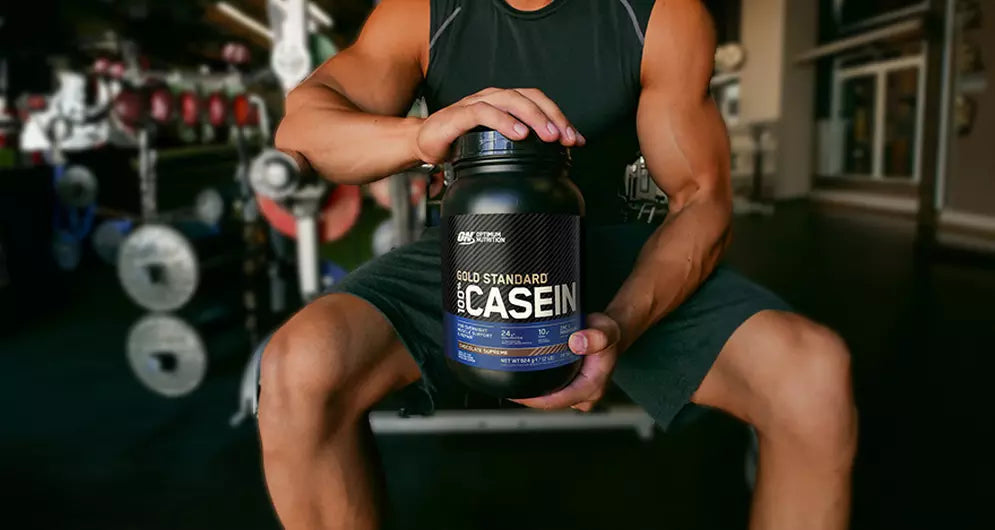Protein is an increasingly popular nutrient in the health and wellness community, and it has been a part of nursery rhymes since childhood. Little Miss Muffet, who sat on her tuffet eating her curds and whey, was actually consuming the two main proteins found in milk: curds made of casein and whey, the protein left once the curds are removed.
History of Casein Protein
Casein protein has a long history, dating back to its use as a paint binder for cave paintings in Asia and ancient Egyptian tomb paintings. Nowadays, casein protein is consumed in various dietary forms, including cottage cheese, Greek yogurt, and casein protein powders.
Where Does Casein Protein Come From?
Casein protein comes from milk, which contains 80% casein protein and 20% whey protein. During cheese making, the liquid milk is curdled, separating the liquid whey from the solid casein. This is then processed and dried to form casein protein powder.
Types of Casein Protein Supplements
There are two main types of casein protein in the sports nutrition industry: micellar casein and caseinate. Micellar casein is formed naturally in milk, where casein molecules, which are extremely large, form a spherical micelle in order to remain suspended in milk.
The micellar structure of casein is considered the natural structure of a casein protein. When the micelle folds up, it traps important milk minerals such as calcium and phosphorous inside it. Caseinate, on the other hand, is formed when the micellar casein micelle structure is disrupted through exposure to acid or alkali, or extreme heat. Once the micelle is disrupted, it cannot be put back into its natural micellar form.
Casein’s Role in Performance
As a complete protein, casein protein is involved in many functions throughout the body, including helping muscles recover and rebuild after exercise. During recovery from exercise, which occurs for 36-48 hours (about 2 days) after you stop exercising, amino acids from protein are used to help repair and strengthen muscles.
Casein protein, which can be consumed as a rich, thick, creamy casein protein shake, is also a rich source of branched chain amino acids (BCAAs). It is often referred to as a “slow” protein because it is digested and absorbed slower than whey protein. This slow digestion makes casein before bed ideal because it can help “feed” your muscles while you sleep. During the 8 hours of sleep, your body is repairing and getting ready for the next day. With the steady stream of amino acids from casein, you can provide your body with the building blocks it needs for muscle recovery during this key recovery time.






